Closely Related To Sharks But With Long, Flat Bodies And Wing-like Pectoral Fins, Mobula Rays are Ideally
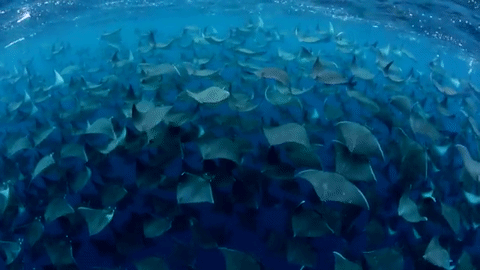
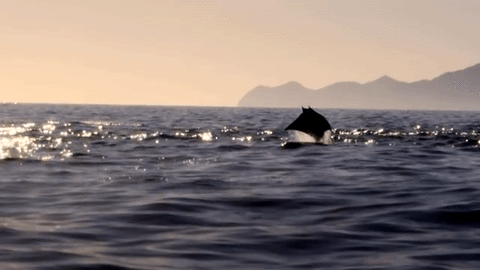
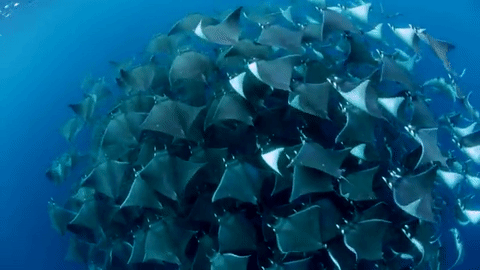

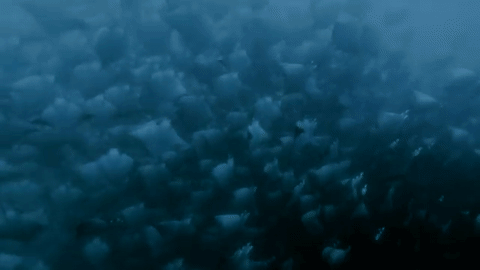
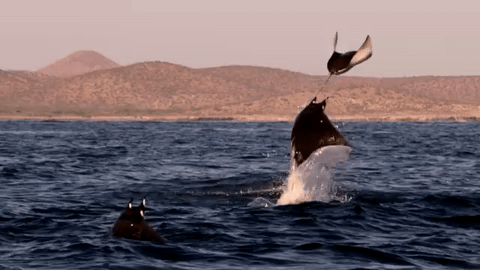
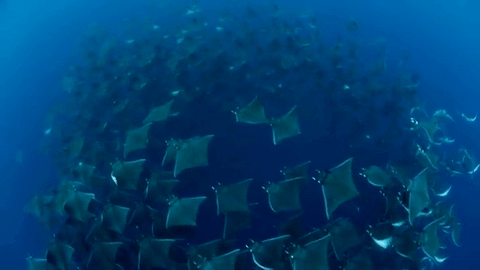
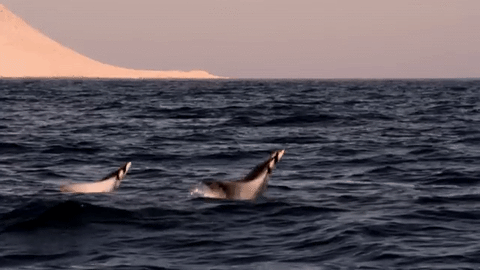
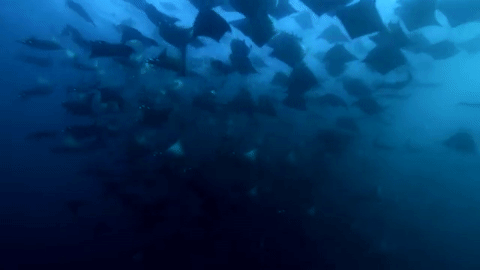
closely related to sharks but with long, flat bodies and wing-like pectoral fins, mobula rays are ideally suited to swooping through the water - here off the gulf of california - yet seem equally at home in the air, so much so that they have earned the name “flying rays”. mobula rays can reach heights of more than two metres, remaining airborne for several seconds.
mobula rays are quite elusive and difficult to study, so biologists are not quite sure why they jump out of the water. theories vary from a means of communication, to a mating ritual (though both males and females jump), or as a way to shed themselves of parasites. they could also be jumping as a way of better corralling their pray, as seen with them swimming in a circular formation.
what is known about mobula rays is that they reach sexual maturity late and their investment in their offspring is more akin to mammals than other fishes, usually producing just a single pup after long pregnancies, all of which makes them extremely vulnerable to commercial fishing, especially as a species that likes to come together in large groups.
More Posts from Llamaslikesciencetoo and Others
I’d like to introduce you to….
The pangolin

It walks on its two hind legs
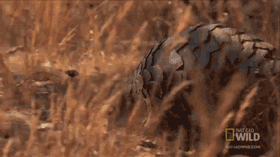
Nicknamed the Walking Artichoke

or the Anteater Pinecones

They look utterly ridiculous and they are my favourite thing you’re welcome and goodbye
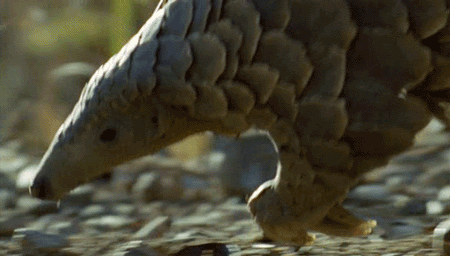

Sharks are fucking metal!

DON’T GO IN THE WATER: NEW EVIDENCE THAT SOME DINOSAURS WERE STRONG SWIMMERS
Claw marks left on a river bottom in Sichuan, China are evidence for dinosaurs’ ability to swim relatively long distances. According to an international team of scientists in the journal Chinese Science Bulletin, theropod species of dinosaurs were able to travel in relatively deep bodies of water.
Keep reading

This species, named after the enormous warts on the male’s face, is one of the rarest pig species on Earth.
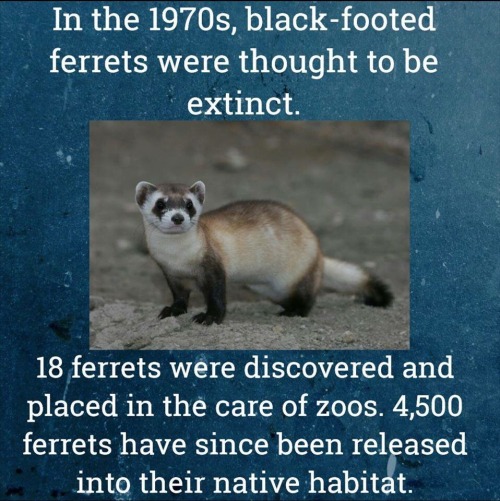
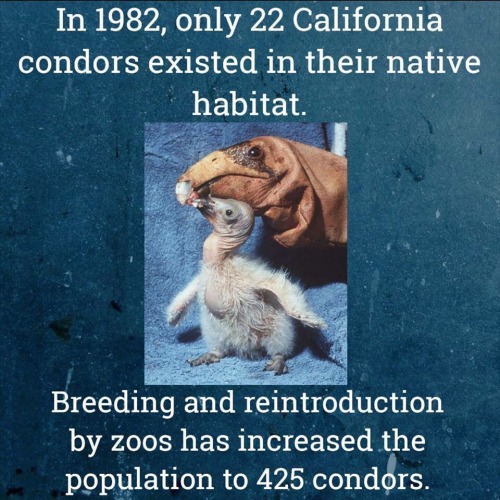


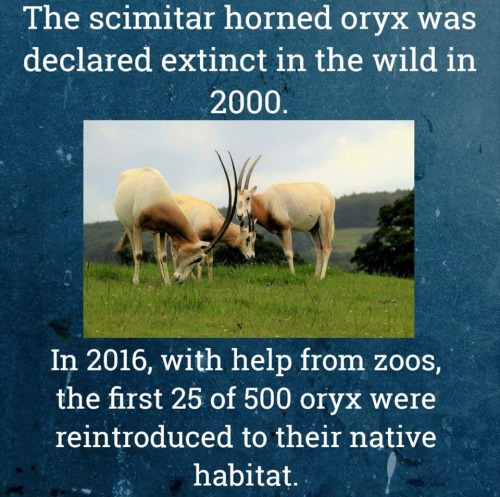
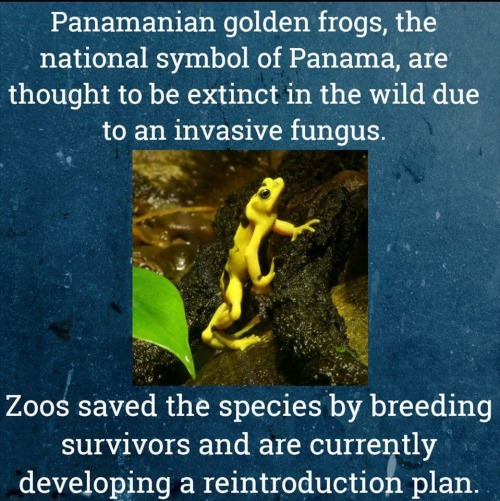
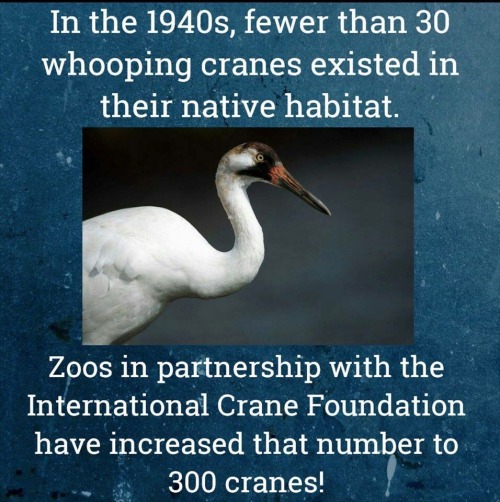

Zoos prevent extinction. This is why I support zoos. This is why the world should support zoos.
Meme credit goes to the zookeepers at www.facebook.com/ZoosSavingSpecies @zoossavingspecies

An animated chart of 42 North American butterflies
Via Tabletop Whale
Earth Expeditions Preview
A Closer Look at Our Home Planet

Our view from space shows our planet is changing, but to really understand the details of these changes and what they mean for our future, scientists need a closer look. Over the next six months, we’re taking you on a world tour as we kick off major new field research campaigns to study regions of critical change from land, sea and air.
You can follow the Earth Expeditions on Facebook, Twitter and their Blog.
Take a look at the eight campaigns we will explore:
CORAL (Coral Reef Airborne Laboratory)

This three-year CORAL mission will use advanced airborne instruments and in-water measurements to survey a portion of the world’s coral reefs. The mission will assess the conditions of these threatened ecosystems to better understand their relation to the environment, including physical, chemical and human factors. With a new understanding of reef condition, the future of this global ecosystem can be predicted.
OMG (Oceans Melting Greenland)

Oceans Melting Greenland (OMG) mission will pave the way for improved estimates of sea level rise by addressing the question: To what extent are the oceans melting Greenland’s ice from below? This mission will observe changing water temperatures and glaciers that reach the ocean around all of Greenland from 2015 to 2020. This year, the OMG mission will fly over the periphery of Greenland to take measurements of the heights and extents of Greenland’s coastal glaciers that reach the ocean and release expendable sensors to measure the temperature and salinity of coastal waters. The OMG field campaign will gather data that will help scientists both understand how the oceans are joining with the atmosphere in melting the vast ice sheet and to predict the extent and timing of the resulting sea level rise.
NAAMES (North Atlantic Aerosols and Marine Ecosystems Study)

About half the carbon dioxide emitted into Earth’s atmosphere each year ends up in the ocean, and plankton absorb a lot of it. The NAAMES mission studies the world’s largest plankton bloom and how it gives rise to small organic particles that leave the ocean and end up in the atmosphere, ultimately influencing clouds and climate. This mission will be taking measurements from both ship and aircraft in the North Atlantic.
KORUS-AQ (Korea U.S.-Air Quality)

Air quality is a significant environmental concern around the world. Scientists are developing new ways to untangle the different factors that contribute to poor air quality. KORUS-AQ is a joint field study between NASA and the Republic of Korea to advance the ability to monitor air pollution from space. The campaign will assess air quality across urban, rural and coastal South Korea using observations from aircraft, ground sites, ships and satellites to test air quality models and remote sensing methods. Findings from this study will help develop observing systems using models and data to improve air quality assessments for decision makers.
ABoVE (Arctic Boreal Vulnerability Experiment)

The ABoVE mission covers 2.5 million square miles of tundra, forests, permafrost and lakes in Alaska and Northwestern Canada. Scientists from the mission are using satellites and aircraft to study this formidable terrain as it changes in a warming climate. Teams of researchers will also go out into the field to gather additional data. The mission will investigate questions about the role of climate in wildfires, thawing permafrost, wildlife migration habits, insect outbreaks and more.
ATom (Atmospheric Tomography)

The ATom mission takes flight through Earth’s atmosphere to understand how short-lived greenhouse gases like ozone and methane contribute to climate change. In late July through August 2016, a suite of instruments aboard our DC-8 flying laboratory will be hopping down the Pacific Ocean from Alaska to the southern tip of South America. It will then travel north up the Atlantic to Greenland to measure more than 200 gases and particles in the air and their interactions all around the world.
ORACLES (Observations of Clouds above Aerosols and their Interactions)

Southern Africa produces almost a third of the world’s vegetative burning, which sends smoke particles up into the atmosphere, where they eventually mix with stratocumulus clouds over the southeastern Atlantic Ocean. Little is known about how these particles impact the clouds, which play a key role in both regional and global surface temperatures and precipitation. The ORACLES mission is a five-year ground and air campaign aimed at better understanding their interactions and improve on current climate models.
ACT-America (Atmospheric Carbon and Transport – America)

The ACT-America mission will conduct five airborne campaigns across three regions in the eastern United States to study the transport of atmospheric carbon. This region serves as an ideal study area for its productive biosphere, agricultural activity, gas and oil extraction and consumption, dynamic seasonally varying weather patterns and the most extensive carbon cycle and meteorological observing networks on Earth. Using space borne, airborne and ground-based measurements, this mission will enable more accurate and precise estimates for climate management and prediction by studying sources and sinks of greenhouse gases, which act as a thermal blanket for Earth.
Remember to follow the Earth Expeditions on Facebook, Twitter and their Blog.
Make sure to follow us on Tumblr for your regular dose of space: http://nasa.tumblr.com
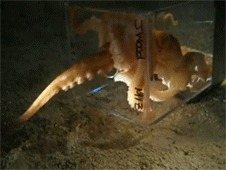
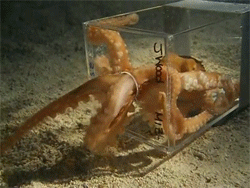




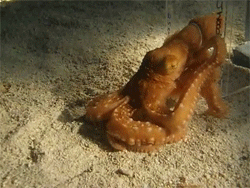
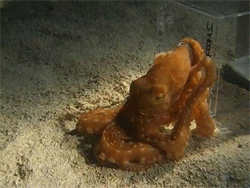
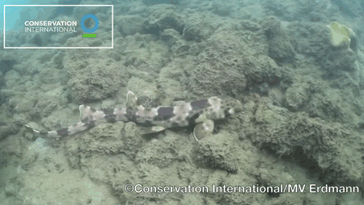
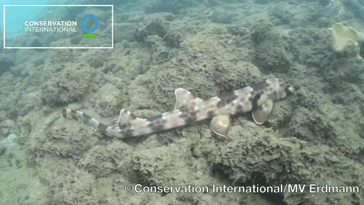
The epaulette shark (Hemiscyllium ocellatum) is a small species of longtailed carpet shark found in shallow, tropical waters (typically coral reefs or in tidal pools). The common name of this shark comes from the very large, white-margined black spot behind each pectoral fin, which are reminiscent of military epaulettes. Something unique (and adorable!) about these sharks is that rather than swimming, sometimes they “walk” by wriggling their bodies and pushing with their paired fins.
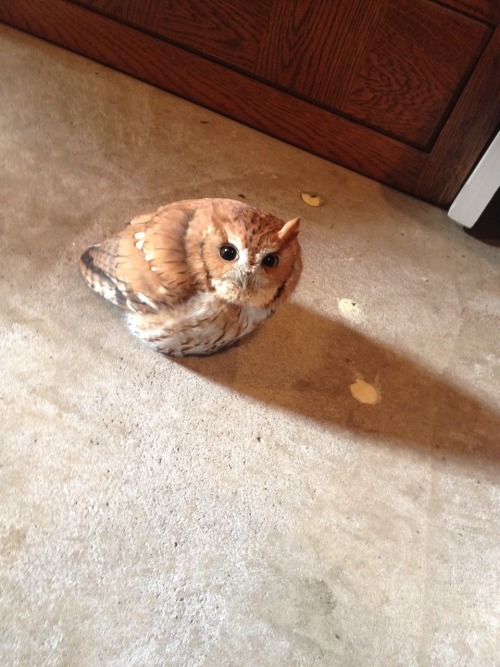

It’s a cute little thing though.
-
 kechara-moon reblogged this · 1 month ago
kechara-moon reblogged this · 1 month ago -
 thejunkdrawers reblogged this · 2 months ago
thejunkdrawers reblogged this · 2 months ago -
 wearblacklikejohnnycash reblogged this · 4 months ago
wearblacklikejohnnycash reblogged this · 4 months ago -
 detefabulanarratur reblogged this · 4 months ago
detefabulanarratur reblogged this · 4 months ago -
 detefabulanarratur liked this · 4 months ago
detefabulanarratur liked this · 4 months ago -
 maxsevere reblogged this · 4 months ago
maxsevere reblogged this · 4 months ago -
 pasteleriasilvestre reblogged this · 4 months ago
pasteleriasilvestre reblogged this · 4 months ago -
 blukiwi reblogged this · 4 months ago
blukiwi reblogged this · 4 months ago -
 dewdropink liked this · 4 months ago
dewdropink liked this · 4 months ago -
 adelphoi liked this · 5 months ago
adelphoi liked this · 5 months ago -
 voiding-it-out reblogged this · 5 months ago
voiding-it-out reblogged this · 5 months ago -
 voiding-it-out liked this · 5 months ago
voiding-it-out liked this · 5 months ago -
 ghostly-light reblogged this · 5 months ago
ghostly-light reblogged this · 5 months ago -
 ghostly-light liked this · 5 months ago
ghostly-light liked this · 5 months ago -
 annita899gkdkizqh liked this · 6 months ago
annita899gkdkizqh liked this · 6 months ago -
 ever-so-nice reblogged this · 7 months ago
ever-so-nice reblogged this · 7 months ago -
 the-fisher-queen reblogged this · 7 months ago
the-fisher-queen reblogged this · 7 months ago -
 a-cosmonaut-or-an-astronaut liked this · 7 months ago
a-cosmonaut-or-an-astronaut liked this · 7 months ago -
 wanderingpanacea liked this · 8 months ago
wanderingpanacea liked this · 8 months ago -
 chryso-poeia liked this · 11 months ago
chryso-poeia liked this · 11 months ago -
 arcanescribbler reblogged this · 11 months ago
arcanescribbler reblogged this · 11 months ago -
 zehecatl reblogged this · 11 months ago
zehecatl reblogged this · 11 months ago -
 fantasticfilmfanatic-123 liked this · 11 months ago
fantasticfilmfanatic-123 liked this · 11 months ago -
 butterscotcheye reblogged this · 1 year ago
butterscotcheye reblogged this · 1 year ago -
 mummifiedraven liked this · 1 year ago
mummifiedraven liked this · 1 year ago -
 pardon-my-obsessive-tendencies reblogged this · 1 year ago
pardon-my-obsessive-tendencies reblogged this · 1 year ago -
 newmic reblogged this · 1 year ago
newmic reblogged this · 1 year ago -
 newmic reblogged this · 1 year ago
newmic reblogged this · 1 year ago -
 newmic liked this · 1 year ago
newmic liked this · 1 year ago -
 pangolin725 liked this · 1 year ago
pangolin725 liked this · 1 year ago -
 ahsoka-in-a-hood-2 reblogged this · 1 year ago
ahsoka-in-a-hood-2 reblogged this · 1 year ago -
 slimeyratbastard reblogged this · 1 year ago
slimeyratbastard reblogged this · 1 year ago -
 slimeyratbastard liked this · 1 year ago
slimeyratbastard liked this · 1 year ago -
 nukewar-san liked this · 1 year ago
nukewar-san liked this · 1 year ago -
 enhid-events liked this · 1 year ago
enhid-events liked this · 1 year ago -
 mx-lamour liked this · 1 year ago
mx-lamour liked this · 1 year ago -
 elephantkiss93 reblogged this · 1 year ago
elephantkiss93 reblogged this · 1 year ago -
 kuckucks-nest liked this · 1 year ago
kuckucks-nest liked this · 1 year ago -
 helle-bored reblogged this · 1 year ago
helle-bored reblogged this · 1 year ago -
 suplirachirea liked this · 1 year ago
suplirachirea liked this · 1 year ago -
 procaliscritiv liked this · 1 year ago
procaliscritiv liked this · 1 year ago -
 chinesekleptocracy liked this · 1 year ago
chinesekleptocracy liked this · 1 year ago -
 ihitlikeecstasy reblogged this · 1 year ago
ihitlikeecstasy reblogged this · 1 year ago
Mainly interested in ecology, but also the entirety of science.
179 posts